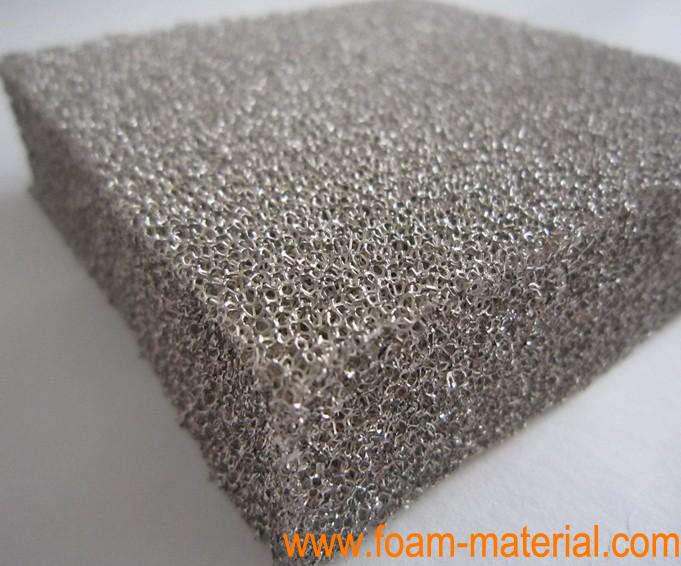High-Quality Graphene Foam: Advancements and Applications
Iron Nickel Foam, a three-dimensional structure composed of interconnected graphene sheets, has garnered significant attention due to its exceptional properties and versatile applications. Here's an overview of high-quality graphene foam, its advancements, and potential applications:
1. Structure and Properties:
Structure: Graphene foam is typically composed of a porous network of Stainless Steel Foam sheets with a high surface area.
Properties: High thermal conductivity, excellent mechanical strength, lightweight, and electrical conductivity are key properties of high-quality graphene foam.
2. Production Techniques:
Chemical Vapor Deposition (CVD): CVD is commonly employed to synthesize high-quality graphene foam. It involves the chemical reaction of gaseous precursors to deposit graphene layers on a substrate.
Chemical Reduction Methods: Reduction of graphene oxide (GO) using chemical agents can yield graphene foam with reduced defects and improved quality.
3. Advancements in Synthesis:
Enhanced Scalability: Researchers are working on scalable methods to produce graphene foam, allowing for larger-scale applications.
Reduced Defects: Advances in synthesis techniques aim to minimize defects in the graphene structure, enhancing overall material quality.
Doping and Functionalization: Doping graphene foam with various elements and functionalization approaches are explored to tailor its properties for specific applications.
4. Applications of High-Quality Graphene Foam:
Thermal Management: Graphene foam's high thermal conductivity makes it suitable for applications in thermal management, such as heat sinks for electronic devices.
Energy Storage: Graphene foam's porous structure and high surface area are advantageous for energy storage devices, including supercapacitors and batteries.
Catalysis: The large surface area of graphene foam provides an excellent platform for catalytic reactions, finding applications in environmental remediation and industrial processes.
Sensors and Detectors: Graphene foam's electrical conductivity and sensitivity make it suitable for use in sensors and detectors for various gases and biomolecules.
Lightweight Structural Components: High-quality graphene foam can be integrated into lightweight structural components for aerospace and automotive applications.
Biomedical Devices: Biocompatible graphene foam is explored for use in biomedical devices, including scaffolds for tissue engineering and drug delivery systems.
5. Challenges and Future Directions:
Scalability: Achieving large-scale production of high-quality graphene foam remains a challenge.
Integration in Commercial Products: Bridging the gap between research findings and commercial products is essential for realizing the full potential of graphene foam.
Cost-Effectiveness: Addressing the cost of production is crucial for widespread adoption in various industries.
In conclusion, high-quality graphene foam holds immense promise for diverse applications, driven by ongoing advancements in synthesis techniques and a deeper understanding of its properties. As researchers continue to overcome challenges, graphene foam is poised to revolutionize industries ranging from electronics to healthcare.
12 No. 62 Yuanshan North Road, Huli District, Xiamen City, Fujian Province, China
tel :
+86-592-7296029email :
Daisy@foam-material.comCopyright © Cheap Copper Foam, Iron Nickel Foam, Titanium Foam All Rights Reserved. Powered by dyyseo.com
 Daisy@foam-material.com
Daisy@foam-material.com
